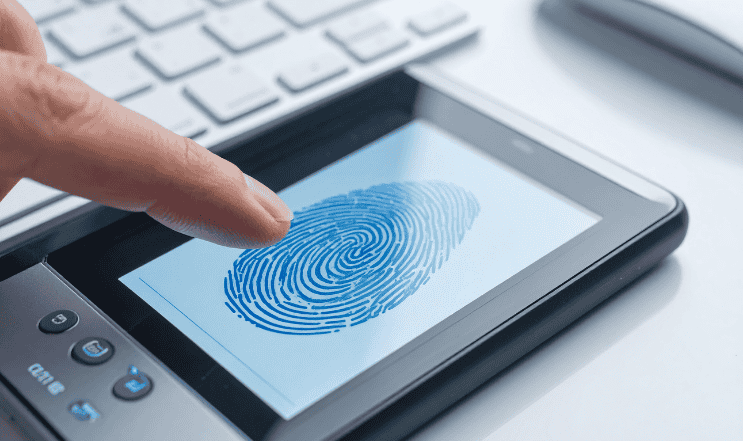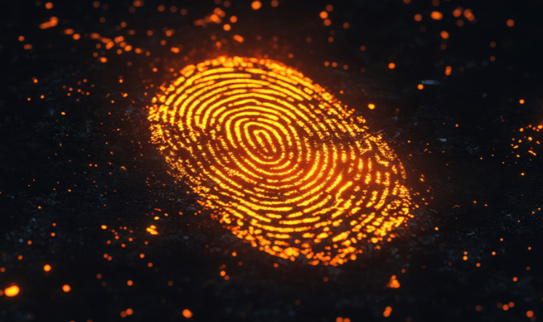
| 

With the rise of digital transactions and remote services, ensuring secure and reliable identity verification has become a top priority. Traditional methods, such as passwords or document scans, are increasingly vulnerable to fraud. Biometric technology is now playing a central role in strengthening online identity verification in the UK, offering both convenience and enhanced security.
What Is Biometric Technology?
Biometric technology uses unique physical or behavioural characteristics to verify an individual’s identity. These identifiers include:
-
Facial recognition
-
Fingerprint scanning
-
Voice recognition
-
Iris and retina scans
Since these traits are difficult to replicate, biometrics provide a highly secure alternative to traditional login credentials.
Why Biometrics Are Transforming Identity Verification
The integration of biometrics into online verification offers several advantages:
-
Higher security – Reduces the risk of identity theft and fraudulent access.
-
User convenience – Eliminates the need to remember complex passwords.
-
Speed and efficiency – Verifications can be done in seconds.
-
Trust building – Enhances confidence in online services for both users and providers.
Biometric Technology in Everyday Use
In the UK, biometric identity verification is already used widely across sectors:
-
Banking and finance – Mobile banking apps use facial or fingerprint recognition.
-
Government services – Identity checks for online tax submissions and immigration processes.
-
Healthcare – Protecting patient data and ensuring only authorised access.
-
E-commerce and digital platforms – Preventing account takeovers and payment fraud.
Challenges and Considerations
While biometrics are highly effective, there are challenges to consider:
-
Privacy concerns – Users may worry about how their biometric data is stored and used.
-
Data protection laws – Organisations must comply with UK GDPR and other regulations.
-
Technology limitations – Poor image quality or technical errors can sometimes cause false rejections.
Ensuring transparency and compliance is key to maintaining user trust.
The Future of Biometric Identity Verification
As technology advances, biometric verification is set to become even more accurate and accessible. Multi-modal systems, which combine two or more biometric identifiers, are expected to become common, further reducing fraud risks. For businesses and individuals in the UK, this evolution means greater security and seamless digital experiences.
Conclusion
Biometric technology is reshaping online identity verification in the UK. By offering enhanced security, convenience, and trust, it is becoming a vital tool across industries. However, businesses must balance innovation with privacy and legal obligations to ensure responsible use.
FAQs
1. Is biometric data safe to use for identity verification?
Yes, when stored and encrypted properly under UK data protection laws, biometric data is highly secure.
2. What types of biometrics are most common in the UK?
Facial recognition and fingerprint scanning are the most widely used in financial and digital services.
3. Can biometric systems be hacked?
While no system is 100% secure, biometrics are harder to forge than passwords or PINs, making them more secure overall.
4. Do users need special devices for biometric verification?
Most modern smartphones and laptops already have built-in biometric scanners such as fingerprint readers or facial recognition cameras.


